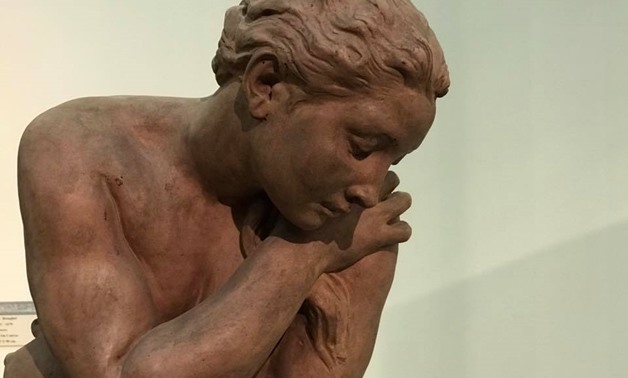
One of Dalou’s exceptional works - ET
CAIRO - 30 March 2020: The Fine Arts Museum called on citizens to stay at home, commenting: “Stay at home and we will bring you the museum” on the museum's official Facebook page.
This comes in an attempt to combat the coronavirus pandemic. In the following lines, ET will review the work of the French artist Aime-Jules Dalou displayed in the museum.
Dalou was born in Paris to a working-class family on December 31, 1838. He is one of the most brilliant and talented sculptors of the 19th century. Dalou was schooled by Jean-Baptiste Carbo. His work was exhibited for the first time in the Paris Salon in 1861.
His political views impeded his career, and he was repeatedly rejected for the Prix de Rome Award. He started working in the decorating field and got to know Auguste Rodin, and a friendship sparked between them.
He worked as a curator at the Louvre Museum, under the leadership of Gustave Courbet. He made his opinion public with the Paris Commune in 1871. In the same year, he travelled to England. In absentia, he was sentenced by the Commune to life imprisonment.
After his exile of nine years, he returned to Paris upon receiving a pardon. He passed away in Paris at the age of 63 on April 15, 1902.
His rare work is exhibited in the Museum of Fine Arts in Alexandria:


La Commune de Paris is a revolutionary municipal government that ran Paris for a short period from mid-March 1871.
It is worth noting that on July 26, 1954, the Revolutionary Command Council opened the museum in conjunction with the second celebration of the July Revolution. On July 26, 1955, late President Gamal Abdel Nasser opened the first edition of the Alexandria Biennial for Mediterranean Countries, which is the third oldest biennial worldwide, after the Biennial of Venice and Sao Paulo then.


Comments
Leave a Comment